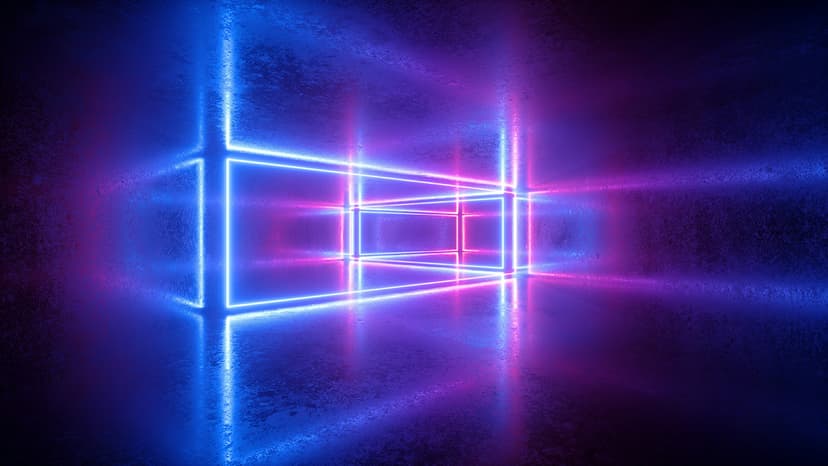Why Do New AI Models Feel Slower?
AI is getting smarter, but it’s also feeling slower. Many users have noticed that newer language models, while more advanced, seem to take longer to respond than older ones. The difference is often just a few seconds, but it’s enough to change the experience—especially when you're used to instant answers. So, what’s causing this slowdown? The biggest reason is simple: newer models are much larger and more complex.
The Primary Reason: Bigger Models Take More Time to Run
Every AI model is built from layers of artificial neurons and trained using billions or trillions of data points. These models work by performing massive matrix operations using floating-point arithmetic—millions of times per second.
With each generation, the number of parameters (the values that the model uses to make predictions) increases significantly.
Model Size Comparison (Estimated):
| Model | Parameter Count | Average Latency (per 100 tokens) |
|---|---|---|
| GPT-3 | 175 billion | ~0.5–1 sec |
| GPT-3.5 Turbo | ~6–20 billion* | ~0.3–0.5 sec |
| GPT-4 | ~1 trillion* | ~1.5–3 sec |
| GPT-5 | >1.5 trillion* | ~2–4 sec |
*Exact numbers for some models are not public; estimates based on benchmarks and community analysis.
Each increase in size multiplies the amount of computation. For example:
- Generating 100 tokens with GPT-3 involves passing the input through 96 layers of attention and feedforward networks.
- GPT-4 reportedly uses Mixture of Experts (MoE) with 16 experts, selecting 2 per forward pass, which still results in billions of calculations per request.
- For GPT-5, if it uses larger MoE layers or deeper architectures (e.g., 128 layers), the model may be performing 50%–100% more computation per token than GPT-4.
Even with top-tier GPUs like the NVIDIA A100 or H100, inference time grows with model size. Processing just 1 second of user interaction may require terabytes of memory bandwidth and thousands of gigaflops of compute. The bigger the model, the more time and energy it takes to generate each word.
Why More Layers = More Delay
Each transformer layer contains attention heads and dense layers. In a large model:
- Each token must pass through dozens or even hundreds of layers
- Each layer computes tens of millions of parameters
- Batching may help speed up multiple requests, but for real-time chats, inference is mostly sequential
Even if just 20 milliseconds are added per layer, a model with 100+ layers could add 2+ seconds just in stack latency—not counting server queuing or I/O.
Other Contributing Factors
While model size is the biggest issue, there are a few other elements that make newer models feel even slower.
Safety Layers and Output Filters
Before your prompt is processed, newer models often route it through several filters:
- Prompt moderation
- Output scanning
- Bias detection
- Toxicity filters
These steps may add 100–300ms on both ends of the interaction. For enterprise use, this might be worth it. For casual chat, it feels like lag.
High Demand and Server Load
Many newer models are accessed through cloud infrastructure shared by thousands (or millions) of users. During peak times, you might be waiting in a queue.
Some platforms batch multiple user requests into a single GPU inference call for efficiency. While this works well for high throughput, it adds a few hundred milliseconds to each request.
If a model instance isn't already running (a cold start), spin-up time could add up to 5 seconds.
Expanded Model Capabilities
Modern models often support:
- Function calling
- Retrieval from external data
- Image inputs and multi-modal reasoning
- Memory and context windows up to 128K tokens
Each of these features introduces its own overhead.
- Loading tools or memory modules might add 0.5–1 second
- Parsing long context windows (e.g., 32K tokens) can add several seconds, depending on the backend hardware
Even if your message is short, the model might be analyzing a large session history or preparing modules it might need.
Perceived Slowness vs. Actual Slowness
User expectations play a big role. If you’ve used GPT-3.5 and seen it respond in under a second, a 2–3 second pause from GPT-5 can feel much longer—even if the output is far better.
Also, latency isn't linear. A 500ms delay is often unnoticeable. But once response time passes 2 seconds, people feel the pause more acutely, even if the content is superior.
The feeling that new AI models are slower is real, and it’s primarily due to their size and complexity. As model parameter counts cross the trillion mark and architectures grow deeper, every response takes more computation.
While you wait longer, the model is doing more—generating better answers, using more context, and performing more advanced reasoning. That’s a trade-off between speed and quality.












